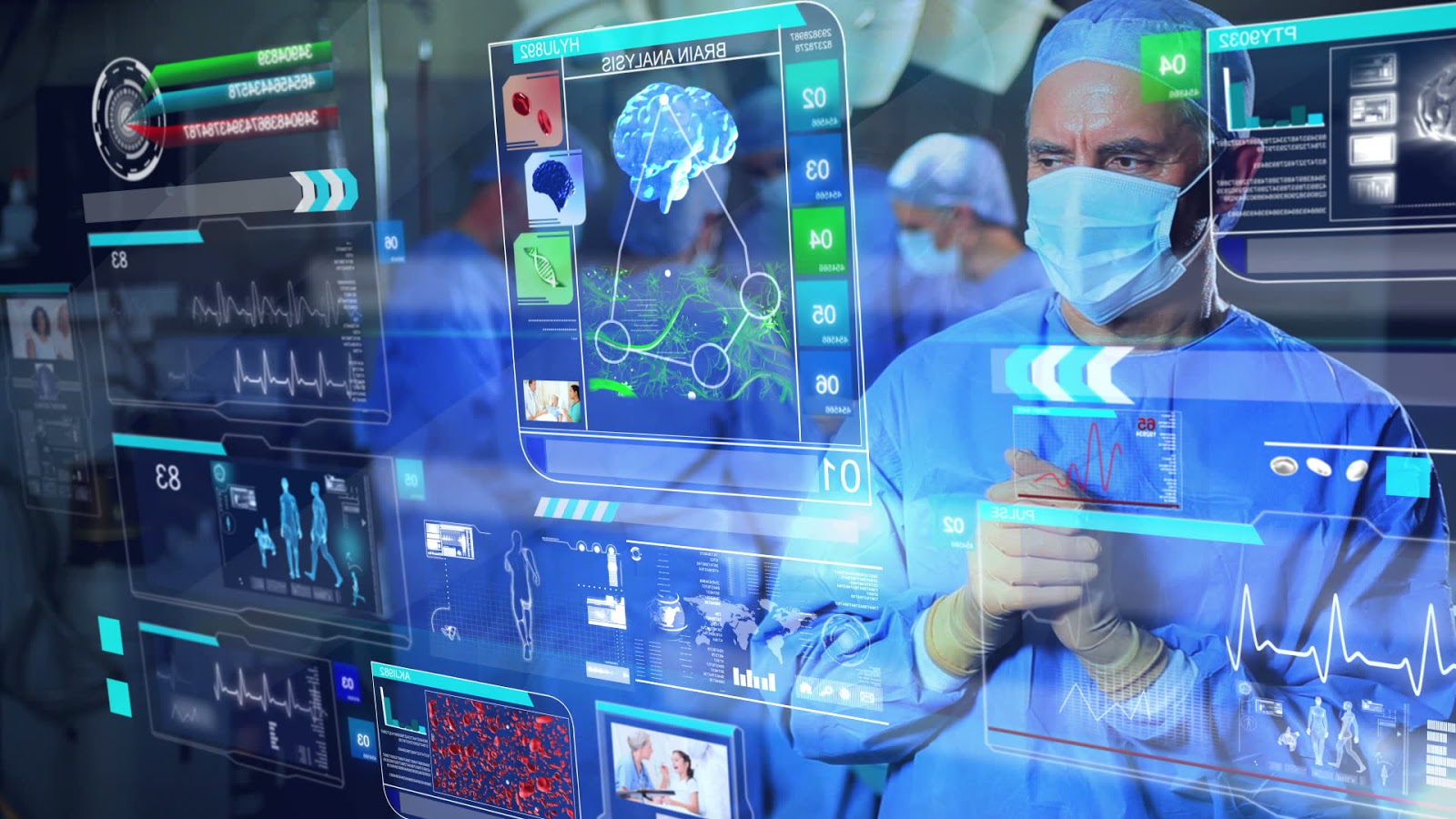Importance of Risk Assessment in Hospitals – Everything You Need to Know
Risk assessment, in simple words, can be defined as the process of evaluating the possible factors that could go wrong, if they do how badly? Identifying the hazards and recognizing the risk factors and the associated risks are the major tasks in risk assessment.
The assessment is instrumental in devising the risk management strategy which is the predefined plan that consists of the effective measures that need to be taken in the face of an issue or an accident. The strategy also explains that steps to stop them from occurring in the future.

Risk assessment is a continuous process and the preventive measures need to be evaluated on a regular basis. The guidelines can be revised or renewed based on the effectiveness of the solutions or guidelines.
All the factors – be it objects, equipment and building properties can be considered as risk factors based on the severity of harm that they could cause and the likelihood of occurrence. Here are 4 major types of risk factors that are typical of all hospitals.
Category-1:
Consists of risk factors that need to be constantly observed by a system that is highly functional.
Example – Storage of oxygen containers in the hospital premises, electrical equipment and other hazardous medical gases come under this category.
Solution – Monitoring each of these factors require dedicated individuals who are well-trained. Failure in managing this category might have dire consequences, including threat to lives of the patients and people in hospitals.
Example – Storage of oxygen containers in the hospital premises, electrical equipment and other hazardous medical gases come under this category.
Solution – Monitoring each of these factors require dedicated individuals who are well-trained. Failure in managing this category might have dire consequences, including threat to lives of the patients and people in hospitals.
Category-2:
The risk factors could cause severe loss or damage to the health of the people or the hospital property but there will be no threat to the life.
Example – Equipment with high dependability and usability come under this category. Having only one source of electricity in hospitals and ineffective bio-wastage management system.
Solution – Relying on a specific method without any alternative can be risky in a hospital environment. Ensure there is a backup plan for the factors that fall under this category.
Example – Equipment with high dependability and usability come under this category. Having only one source of electricity in hospitals and ineffective bio-wastage management system.
Solution – Relying on a specific method without any alternative can be risky in a hospital environment. Ensure there is a backup plan for the factors that fall under this category.
Category-3:
The risk factors can cause damage but it not a threat in any manner both to the people or to the infrastructure.
Example – Malfunctioning of the air conditioners, alarm system that is not working and reduced water supply to the building.
Solution – Even though the risk factors do not have any direct threat to the life, they could cause discomfort and bring bad reputation to the hospital. Have a backup plan for all the resources and equipment in hand.
Example – Malfunctioning of the air conditioners, alarm system that is not working and reduced water supply to the building.
Solution – Even though the risk factors do not have any direct threat to the life, they could cause discomfort and bring bad reputation to the hospital. Have a backup plan for all the resources and equipment in hand.
Category-4:
Nowhere a threat to the lives of the patients or to the hospital reputation. Yet, they could not be ignored.
Example – Bottlenecks in the operations that have risen in the account of high-patient inflow or lack of resources.
Solution – Train your employees to handle the pressurized situations and carryout the operations with ease. Take advise from the professional healthcare consultancies on this front.
Example – Bottlenecks in the operations that have risen in the account of high-patient inflow or lack of resources.
Solution – Train your employees to handle the pressurized situations and carryout the operations with ease. Take advise from the professional healthcare consultancies on this front.
 Effective risk assessment or management in hospitals can be challenging if there is no coordination between various stakeholders involved in hospital safety. Activity characterization, hazard identification and risk evaluation is a skill that is developed after years of observation and involvement in various hospital safety activities.
Effective risk assessment or management in hospitals can be challenging if there is no coordination between various stakeholders involved in hospital safety. Activity characterization, hazard identification and risk evaluation is a skill that is developed after years of observation and involvement in various hospital safety activities.There are many healthcare consultancies that provide training to your employees in hospital risk management. You could also avail their services in assessing the risk factors and devising the risk management strategies.





